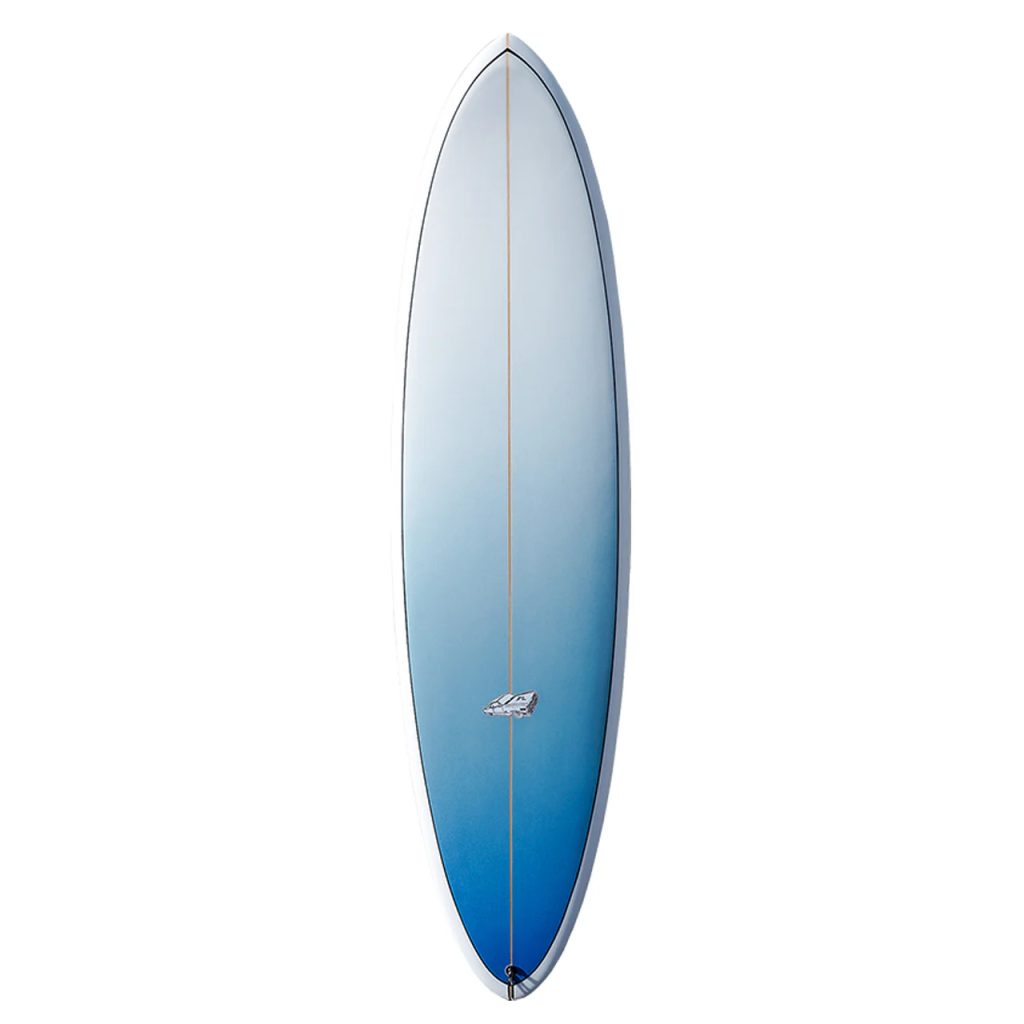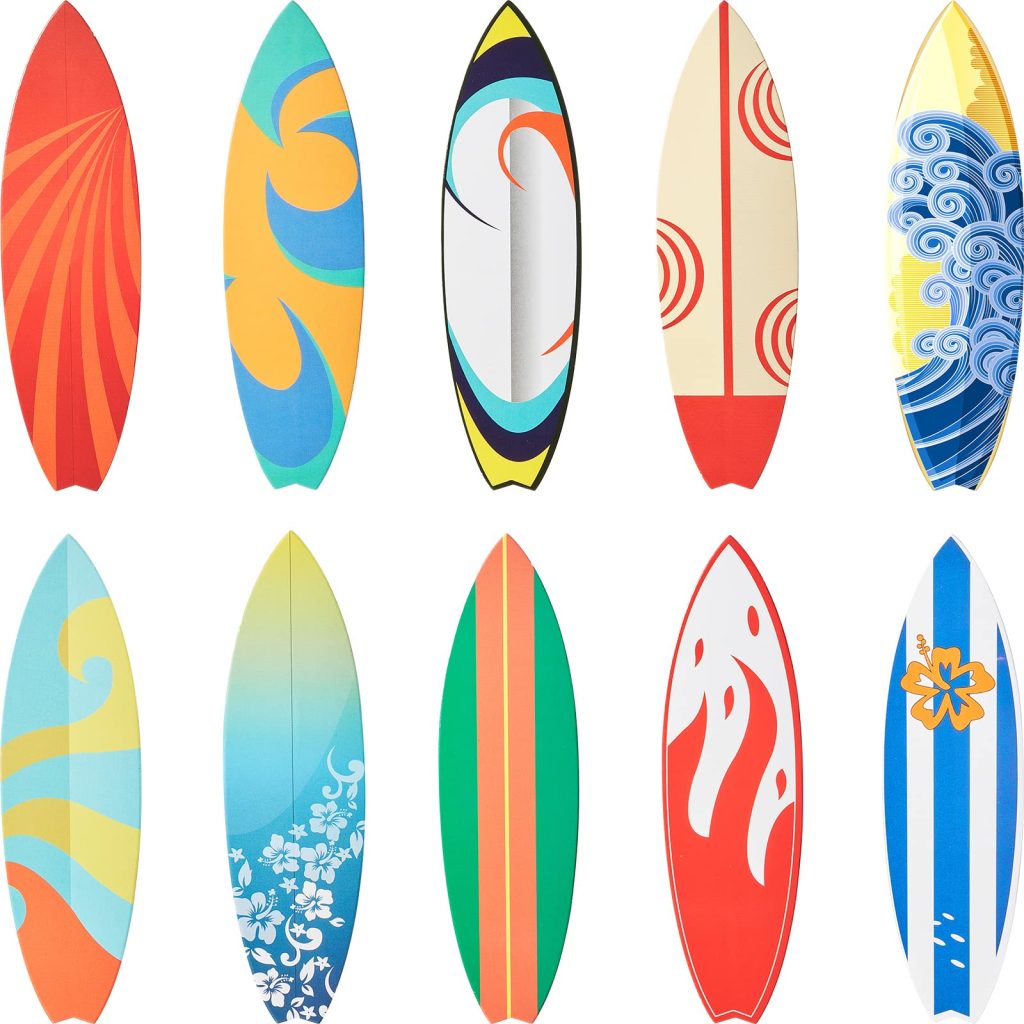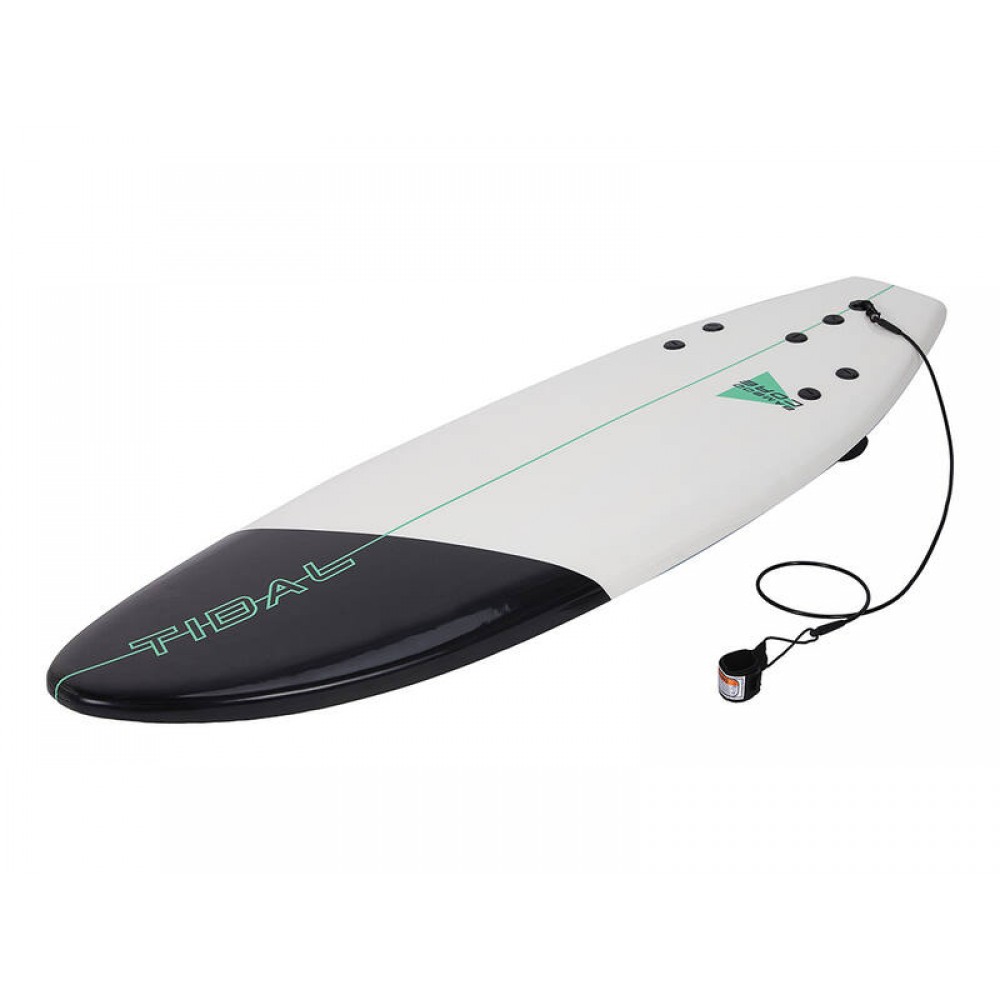Introduction to Surfboards
Surf boarding is more than just a sport; it is a lifestyle for many. At the heart of this thrilling activity lies the surfboard. A surf board is a long, narrow platform that riders use to ride waves. The design and type of board can significantly affect performance in the water. Choosing the right surfboard is crucial for surfers, whether they are beginners or professionals.
There are different types of surf boards tailored to varying skills, conditions, and styles. Each design offers a unique experience on the waves. This article will explore the fascinating world of surfboards, discussing their types, materials, and how to choose the right one for you.
Types of Surfboards
Longboards
Longboards are typically between 8 to 12 feet in length. They are known for their stability and ease of paddling, making them ideal for beginners. Longboards allow surfers to catch smaller waves and ride them smoothly. The wider nose and tail provide better balance, helping newbies gain confidence in the water.
These boards are also great for classic surfing styles, such as noseriding. Experienced surfers can perform tricks and maneuvers on longboards that showcase their skills. Overall, longboards are versatile and suitable for surfers of all levels.
Shortboards
Shortboards are generally 5 to 7 feet long and are favored by more experienced surfers. Their compact design makes them agile, allowing for quick turns and high-performance moves. Shortboards excel in larger, more powerful waves, where speed and maneuverability are essential.
The narrow nose and tail of a shortboard allow surfers to carve and generate speed effectively. This type of board is often used in competitions, showcasing tricks like aerials and spins. Shortboards require more skill and fitness, making them less suitable for beginners.

Materials Used in Surfboard Construction
Foam Core
The most common material for surf boards is foam. The core is made of lightweight foam, which provides buoyancy and stability in the water. Foam boards are easier to handle, making them a popular choice for beginners.
The foam core is typically surrounded by fiberglass for durability. This combination creates a resilient yet lightweight board, allowing surfers to have better control. Different densities of foam can be used to achieve varying flex and buoyancy, making it a customizable option for many riders.
Epoxy and Polyester Resins
Surf boards are finished with a resin that adds strength and protects the foam. Two primary types of resin are used: epoxy and polyester. Epoxy resin is lighter and more durable than polyester resin. It also offers better resistance to dings and UV damage.
Polyester resin, on the other hand, is more traditional and easier to work with for some shapers. However, it is heavier and may not last as long under certain conditions. Choosing the right resin can affect the board’s overall performance and durability, depending on personal preferences and surf conditions.
Choosing the Right Surfboard
Skill Level
When selecting a surf board, it is essential to consider your skill level. Beginners should start with longer, more stable boards, like longboards or funboards. These boards offer more surface area, making it easier to catch waves and maintain balance.
Intermediate surfers can experiment with different sizes and types, such as fish boards or mini-malibus. Advanced surfers may prefer shortboards or high-performance options for maneuverability. Knowing your skill level helps narrow down your choices and ensures you select the best board for your progress.
Wave Conditions
The type of waves you intend to ride also impacts your surfboard choice. For smaller, mellow waves, longboards or funboards are effective. They offer more stability and are easier to paddle.
In contrast, if you plan to surf larger, powerful waves, a shortboard may be more appropriate. Shortboards allow for better speed and quick turns, enabling you to navigate challenging conditions effectively. Assessing local surf conditions before making a decision can enhance your surfing experience.

Surfboard Maintenance and Care
Regular Inspections
Maintaining your surfboard is essential for its longevity and performance. Regular inspections can help identify any issues, such as dings or cracks. Check the board’s rails, tail, and nose for any damage and address it immediately.
Make sure to rinse your board with fresh water after each use to remove salt and sand. This simple practice can prevent deterioration and keep your surfboard in prime condition. By being proactive about maintenance, you can extend the life of your surfboard.
Proper Storage
How you store your surfboard significantly affects its lifespan. Avoid leaving it in direct sunlight for extended periods, as UV rays can weaken the materials. When not in use, store your board in a cool, dry place, preferably in a padded bag.
If transporting your surfboard, use a board bag to provide additional protection. This prevents dings and scratches that can occur during travel. Proper storage and careful handling will ensure that your surfboard stays in excellent condition for years to come.
Surfboard Accessories
Leashes
A leash is an essential accessory for any surfer. It attaches to your ankle and the board, preventing it from drifting away after a wipeout. A good leash ensures that you maintain control of your board and reduces the risk to other surfers around you.
Different types of leashes are available, but most surfers prefer a leash that matches their board’s length and thickness. Consider the conditions you will be surfing in and choose a leash that provides adequate security.
Wax
Surfboard wax is another vital accessory. It provides grip on the board, allowing you to maintain your footing while riding waves. Different waxes exist for warm and cold water conditions, so choose accordingly.
Applying wax properly is crucial for performance. Ensure the surface of your board is clean before applying a new coat. Rubbing the wax in a circular motion helps create a textured surface for enhanced traction. Keeping your board waxed ensures a better surfing experience.

The Evolution of Surfboards
Historical Perspective
The history of surfboards dates back centuries, originating in ancient Polynesia. Early surfers used heavy wooden boards made from local trees. These longboards were challenged by the introduction of lighter materials and designs in the 20th century.
In the 1960s, advancements in foam technology revolutionized the surfboard industry. Surfboards became lighter and more agile, allowing surfers to perform tricks and maneuvers previously unimaginable. The evolution continues today, as designers explore new materials and methods for enhanced performance.
Modern Innovations
Today, surfboard technology is more advanced than ever. Innovations include the use of carbon fiber for added strength and reduced weight. Surfboard shapers experiment with unique designs, such as concave bottoms or retro shapes, to improve performance.
Additionally, eco-friendly materials are gaining popularity. Many manufacturers are now creating boards using sustainable materials to reduce environmental impact. This focus on sustainability aligns with the growing awareness of ocean conservation efforts. By embracing new technologies, the surfboard industry continues to push boundaries while being mindful of its environmental footprint.
Surfboard Culture and Community
Building Connections
The surf board serves as more than just a piece of equipment; it symbolizes a lifestyle and a sense of community among surfers. Surfing fosters connections between individuals who share a love for the ocean and its waves. Many surf shops and local communities host events, competitions, and gatherings to celebrate the sport.
These gatherings bring surfers together, encouraging camaraderie and support. Whether it’s through sharing tips, participating in contests, or enjoying beach bonfires, surf culture thrives on connection. The surfboard becomes a common thread that ties individuals together in a shared experience of adventure.
Surfing as a Lifestyle
For many enthusiasts, surfing transcends the act itself; it becomes a way of life. Surfboards are often customized with personal art or designs, reflecting individuality and creativity. The culture emphasizes values such as respect for nature and a laid-back attitude toward life.
Surfers often express a deep connection to the ocean, drawing inspiration from the waves. This lifestyle promotes physical fitness, mental well-being, and a sense of freedom. The surfboard embodies this ethos, serving as both a tool for riding waves and a symbol of the surfing lifestyle.
Conclusion
The surfboard is a crucial element in the world of surfing, serving as a means of connection, expression, and adventure. With various types, materials, and innovations, understanding the characteristics of surfboards enhances the surfing experience. Whether you’re a beginner or an advanced surfer, selecting the right board opens the door to enjoying the ocean’s waves.
By embracing proper surfboard care, utilizing essential accessories, and engaging with the surfing community, individuals can enrich their surfing journey. As surfing culture continues to evolve, the surfboard remains at the core, representing a unique blend of sport, lifestyle, and artistic expression. So grab your board, hit the waves, and enjoy the thrill of surfing for years to come!
